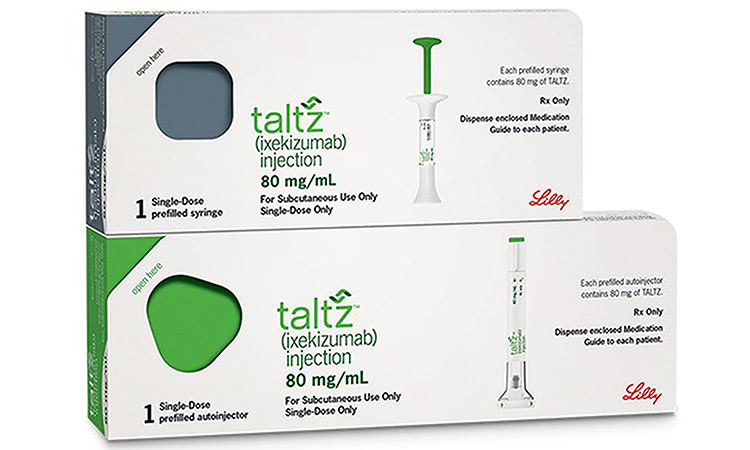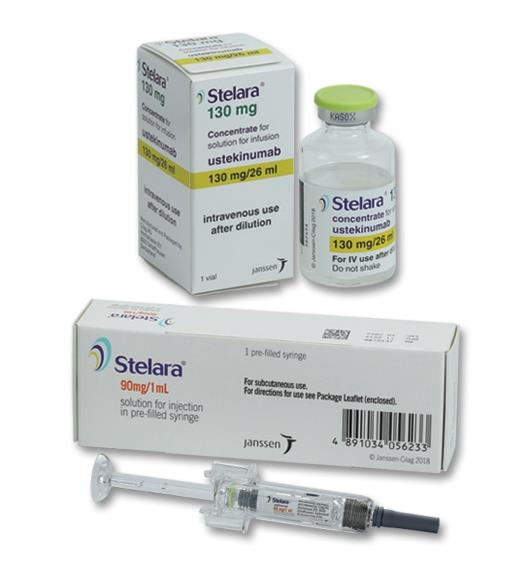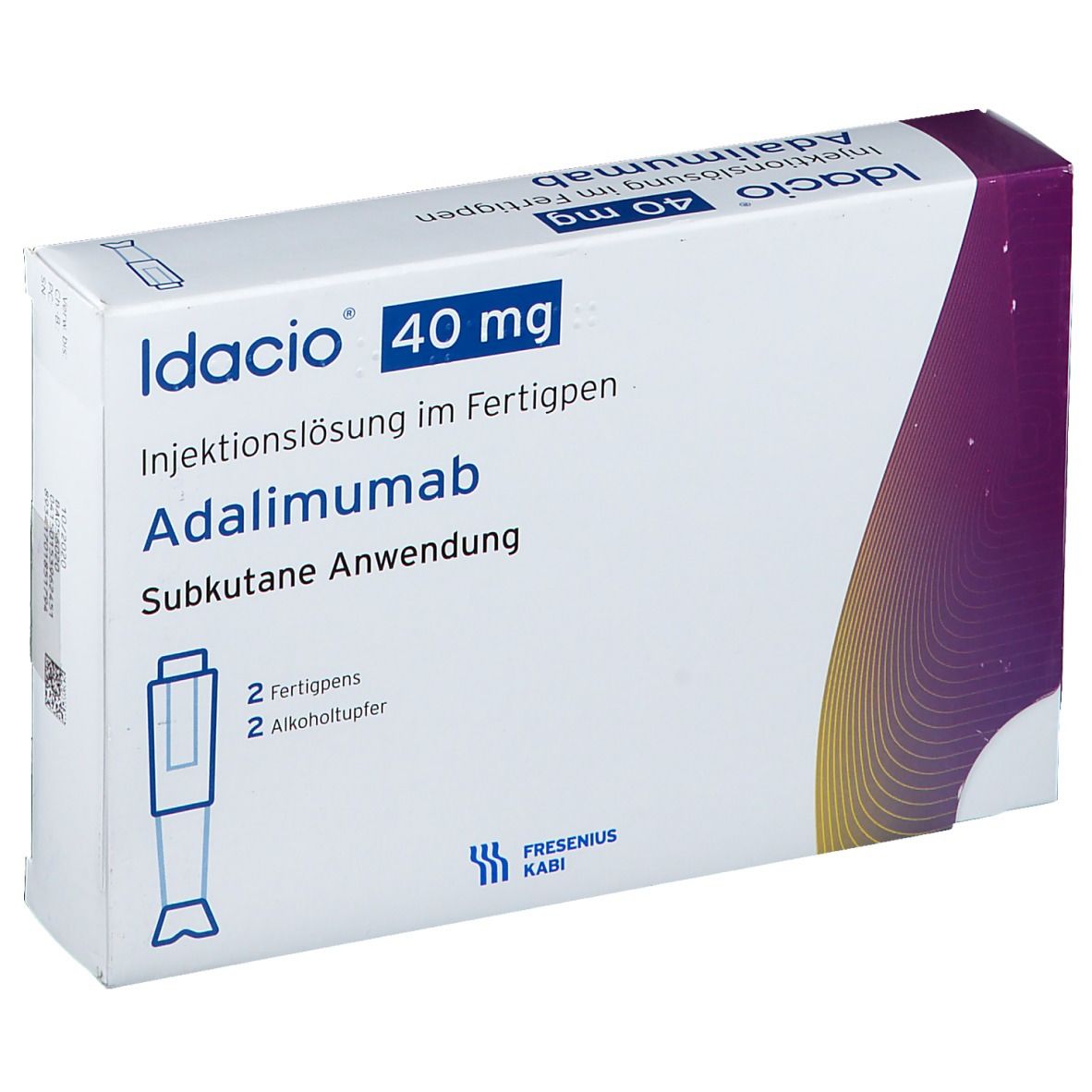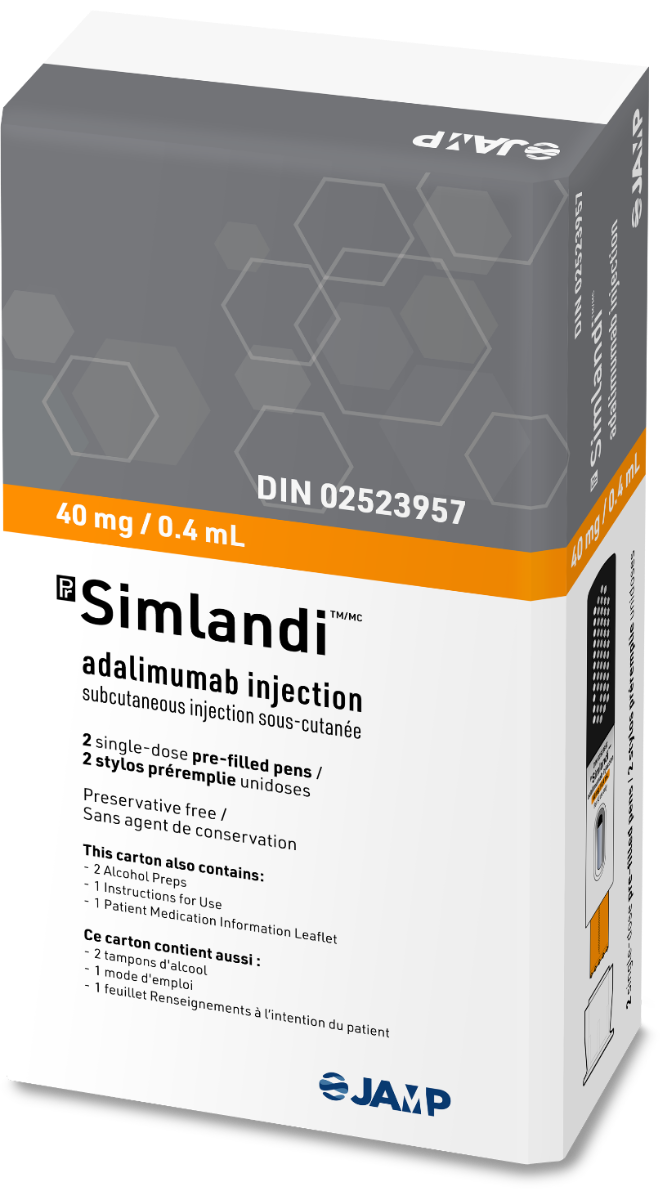New Psoriatic Arthritis treatments 2024
New Psoriatic Arthritis Treatments 2024
Psoriatic arthritis is a chronic autoimmune disease characterized by a combination of skin symptoms, such as psoriasis, and joint inflammation that mirrors rheumatoid arthritis. This condition can affect any part of the body, including fingertips and spine, and can range from relatively mild to severe. Symptoms often include joint pain, stiffness, and swelling, which can lead to significant discomfort and potential joint damage over time. The skin lesions associated with psoriasis typically precede the arthritis, although it is possible for the joint symptoms to begin before skin lesions appear. Psoriatic arthritis is a progressive disease, meaning it can worsen over time, but the progression is unpredictable and varies from person to person.
When considering treatment options for psoriatic arthritis, it is essential to consult with a healthcare provider to determine the most appropriate approach based on the individual's specific condition and medical history. Traditional treatment options include nonsteroidal anti-inflammatory drugs (NSAIDs) to reduce pain and inflammation, and disease-modifying antirheumatic drugs (DMARDs) to slow disease progression. Biologic medications, which target specific parts of the immune system, have also been effective in reducing symptoms and preventing joint damage. Newer oral treatments that inhibit specific molecules involved in the inflammation process are available as well. It is important to regularly monitor the disease's activity and treatment side effects with a healthcare provider to ensure the best possible outcome.

Treatment options
| Treatment option | Estimated cost | Efficacy | Eligibility |
|---|---|---|---|
| NSAIDs (Nonsteroidal anti-inflammatory drugs) | $20 - $100 | Varies; often used for mild symptoms | Most patients with mild to moderate symptoms |
| DMARDs (Disease-modifying antirheumatic drugs) | $200 - $500 | Good for slowing disease progression | Patients with more persistent symptoms |
| Biologics (TNF inhibitors) | $1,500 - $5,000 | Highly effective in many patients | Patients with moderate to severe symptoms |
| Xeljanz (tofacitinib) | $2,000 - $3,000 | Good efficacy shown in clinical trials | Adults with active psoriatic arthritis |
| Taltz (ixekizumab) | $4,000 - $5,000 | High efficacy in psoriatic arthritis | Adults with active psoriatic arthritis |
| Tremfya (guselkumab) | $5,000 - $7,000 | Shown to be effective for psoriatic arthritis | Adults with active psoriatic arthritis |
| Stelara (ustekinumab) | $10,000 - $12,000 | Effective for psoriatic arthritis | Adults with active psoriatic arthritis |
| Skyrizi (risankizumab) | $10,000 - $12,000 | Effective for psoriatic arthritis | Adults with active psoriatic arthritis |
| Yuflyma (adalimumab biosimilar) | $1,000 - $3,000 | Similar efficacy to the reference product | Adults with moderate to severe psoriatic arthritis |
| Idacio (adalimumab biosimilar) | $1,000 - $3,000 | Similar efficacy to the reference product | Adults with moderate to severe psoriatic arthritis |
| Simlandi (adalimumab biosimilar) | $1,000 - $3,000 | Similar efficacy to the reference product | Adults with moderate to severe psoriatic arthritis |
| Experimental treatments | Varies | Varies; not enough data for definitive conclusions | Patients enrolled in clinical trials |
Treatments options in detail
Nonsteroidal Anti-Inflammatory Drugs (NSAIDs)
Nonsteroidal Anti-Inflammatory Drugs (NSAIDs) are commonly used as a first-line treatment for managing the symptoms of psoriatic arthritis (PsA). These medications help reduce pain and inflammation. Over-the-counter options include ibuprofen (Advil, Motrin IB) and naproxen sodium (Aleve), while stronger versions can be prescribed by a healthcare provider.
Disease-Modifying Antirheumatic Drugs (DMARDs)
Disease-modifying antirheumatic drugs (DMARDs) are a cornerstone in the treatment of PsA. They can slow the progression of the disease and save the joints and other tissues from permanent damage. Commonly used DMARDs include methotrexate, leflunomide (Arava), and sulfasalazine (Azulfidine). Treatment plans often start with methotrexate due to its long-standing use and familiarity among healthcare providers.
Tumor Necrosis Factor (TNF) Inhibitors
TNF inhibitors are a type of biologic DMARD that target and neutralize tumor necrosis factor, a pro-inflammatory cytokine involved in systemic inflammation. These drugs can reduce pain, stiffness, and swollen joints. Examples of TNF inhibitors used in PsA treatment include etanercept (Enbrel), infliximab (Remicade), adalimumab (Humira), certolizumab pegol (Cimzia), and golimumab (Simponi).
Interleukin Inhibitors
Interleukin inhibitors are another class of biologic DMARDs that block certain proteins in the immune system known as interleukins. These proteins play a role in inflammation associated with PsA. Ustekinumab (Stelara) targets interleukin 12 and 23, secukinumab (Cosentyx) and ixekizumab (Taltz) target interleukin 17A, while brodalumab (Siliq) blocks the interleukin 17 receptor. These treatments have been shown to be effective in controlling the symptoms of PsA and preventing joint damage.
Phosphodiesterase 4 (PDE4) Inhibitors
Apremilast (Otezla) is a PDE4 inhibitor that works by reducing the activity of an enzyme involved in the process of inflammation. It is an oral medication approved for the treatment of PsA and can be used alone or in combination with other treatments.
Janus Kinase (JAK) Inhibitors
Tofacitinib (Xeljanz) is an example of a Janus kinase (JAK) inhibitor, a newer class of DMARDs that work by interfering with the JAK pathways, which are involved in the body's immune response. Xeljanz is approved for the treatment of PsA and can be an option for patients who have not responded adequately to other treatments. However, it is important to note that JAK inhibitors carry an increased risk of serious infections, blood clots, and cancer.
Glucocorticoids
Glucocorticoids, such as prednisone, are potent anti-inflammatory agents that can be used for short-term relief of severe joint inflammation in PsA. They are generally not recommended for long-term use due to potential side effects, including osteoporosis, weight gain, and increased risk of infection.
Experimental and Off-Label Treatments
Experimental treatments and those not approved by the FDA for PsA may be considered in certain cases, especially when standard treatments have failed. These can include off-label use of medications approved for other conditions or participation in clinical trials for new therapies.
Interleukin-23 (IL-23) Inhibitors
Guselkumab (Tremfya) and risankizumab (Skyrizi) are IL-23 inhibitors that have shown promise in the treatment of psoriatic arthritis. These medications are designed to block the action of interleukin-23, a cytokine involved in inflammatory processes. While not all IL-23 inhibitors are currently approved for PsA, they represent an emerging treatment option that could potentially benefit patients with this condition.
Biosimilars
Biosimilars are biological products that are highly similar to and have no clinically meaningful differences from an existing FDA-approved reference product. Adalimumab biosimilars, such as Yuflyma, Idacio, and Simlandi, have been approved for the treatment of PsA. These biosimilars offer more options for patients and may be more cost-effective compared to the original biologics.
Combination Therapy
Combination therapy, which involves using two or more medications concurrently, is often employed in PsA treatment to enhance efficacy and manage symptoms more effectively. This approach can include a mix of NSAIDs, DMARDs, biologics, and sometimes glucocorticoids, tailored to the individual needs and responses of the patient.
Lifestyle Modifications and Supportive Therapies
In addition to pharmacological treatments, lifestyle modifications and supportive therapies are integral to managing PsA. Physical therapy, occupational therapy, and regular exercise can help maintain joint flexibility and muscle strength. Patients are also encouraged to adopt a healthy diet, quit smoking, and limit alcohol consumption to improve overall health and potentially reduce PsA symptoms.
Conclusion
The treatment of psoriatic arthritis is multifaceted and often requires a personalized approach. The most common treatments include NSAIDs, DMARDs, TNF inhibitors, and interleukin inhibitors. Newer options such as JAK inhibitors and IL-23 inhibitors, as well as biosimilars, are expanding the therapeutic landscape. Experimental treatments and off-label drug use may also be considered in certain cases. Ultimately, the choice of treatment will depend on the severity of the disease, patient preference, response to previous treatments, and potential side effects.
Symptoms
Joint Pain and Swelling
One of the most common symptoms of psoriatic arthritis is joint pain, which can affect any part of the body, including the spine and the sacroiliac joints of the pelvis. The pain is often accompanied by swelling and can range from mild to severe. In some cases, the swelling can lead to significant joint damage if not treated effectively.
Skin and Nail Changes
Psoriasis skin lesions, characterized by red patches of skin topped with silvery scales, are a hallmark symptom of psoriatic arthritis. These lesions typically precede the arthritis symptoms. Nail changes are also common and can include pitting, discoloration, and separation from the nail bed. In some cases, the nails may crumble or become very thick.
Morning Stiffness
Stiffness in the joints after resting, particularly noticeable upon waking in the morning, is a frequent symptom. This stiffness usually lasts for more than 30 minutes and can significantly impair the ability to perform daily activities.
Enthesitis
Enthesitis is the inflammation of the entheses, the sites where tendons or ligaments insert into the bone. This symptom is often felt as pain at the back of the heel or in other areas such as the elbows.
Dactylitis
Dactylitis, or "sausage digits," refers to the swelling of an entire finger or toe. This symptom is caused by inflammation of both the joints and the tendons in the digits, giving them a sausage-like appearance.
Fatigue
Chronic fatigue is a common symptom that can be debilitating for individuals with psoriatic arthritis. It is not only a direct consequence of the inflammation in the body but also a result of the pain and stiffness that can disrupt sleep and reduce overall quality of life.
Reduced Range of Motion
Inflammation and joint damage can lead to a reduced range of motion, making it difficult to perform certain movements. Over time, if the disease progresses without adequate treatment, it can lead to permanent joint stiffness and immobility.
Eye Inflammation
Some individuals with psoriatic arthritis may experience inflammation of the eyes, such as conjunctivitis (pink eye) or uveitis, which can cause redness, pain, and blurred vision. If not treated promptly, these eye conditions can lead to complications, including vision loss.
Lower Back Pain
Psoriatic arthritis can affect the spine, leading to pain and stiffness in the lower back. This is known as spondylitis and can also affect the neck and upper back. In severe cases, inflammation can lead to the fusion of vertebrae, which can limit the flexibility of the spine.
Nail Symptoms
Nail symptoms are a distinctive feature of psoriatic arthritis and can include pitting (small depressions in the nail surface), onycholysis (separation of the nail from the nail bed), and hyperkeratosis (abnormal thickening of the outer layer of skin under the nail).
Tenderness
Areas around the affected joints may feel tender to the touch. This can be due to both joint inflammation and enthesitis, making everyday activities that involve gripping or walking particularly painful.
Anemia
Anemia, a condition characterized by a decrease in the number of red blood cells, can occur in individuals with psoriatic arthritis. Symptoms of anemia include fatigue, weakness, and pale skin.
Generalized Pain
Apart from localized joint pain, some individuals may experience more generalized pain throughout the body. This can be due to the systemic inflammation associated with psoriatic arthritis.
Decreased Appetite and Weight Loss
Inflammation and the associated fatigue can lead to a decreased appetite and unintentional weight loss in some individuals with psoriatic arthritis.
Nail and Skin Symptoms
Nail and skin symptoms are often the first indicators of psoriatic arthritis. The skin may develop plaques of red, raised skin with silvery scales, while the nails can become pitted, discolored, or separate from the nail bed.
Flares
Psoriatic arthritis is characterized by periods of flares, where symptoms worsen, and periods of remission, where symptoms improve or disappear. The unpredictability of flares can make management of the disease challenging.
Impact on Emotional Well-being
The chronic nature of psoriatic arthritis and its visible skin symptoms can also impact emotional well-being, leading to self-consciousness, stress, and in some cases, depression.
Other Systemic Symptoms
Psoriatic arthritis is a systemic condition, which means it can affect the entire body. Some individuals may experience other symptoms such as fever, fatigue, and a general feeling of being unwell.
It is important to note that the severity and combination of symptoms can vary widely among individuals with psoriatic arthritis. Early diagnosis and treatment are crucial to managing the symptoms and preventing joint damage and other complications associated with the disease.
Cure
Understanding the Cure for Psoriatic Arthritis
Currently, there is no cure for psoriatic arthritis (PsA), a chronic autoimmune disease characterized by inflammation of the skin and joints. However, treatment strategies can effectively manage symptoms and slow the progression of the disease. The goal of treatment is to achieve and maintain a low disease activity or remission, which means minimal to no signs and symptoms of active inflammation.
Medications Used in the Management of Psoriatic Arthritis
Treatment for psoriatic arthritis often involves the use of medications that can reduce inflammation, relieve pain, and prevent joint damage. The choice of medication depends on the severity of the disease and the individual patient's response to treatment. Commonly used medications include:
Nonsteroidal Anti-Inflammatory Drugs (NSAIDs): These can help reduce joint pain and inflammation. Over-the-counter NSAIDs include ibuprofen and naproxen, while stronger versions are available by prescription.
Disease-Modifying Antirheumatic Drugs (DMARDs): These are a cornerstone of PsA treatment and work by slowing the progression of the disease. Methotrexate is one of the most commonly prescribed DMARDs for PsA. Other DMARDs include leflunomide, sulfasalazine, and cyclosporine.
Biologic Response Modifiers: These are a newer class of DMARDs that target specific components of the immune system. They include tumor necrosis factor (TNF) inhibitors, interleukin 17 (IL-17) inhibitors, interleukin 12/23 (IL-12/23) inhibitors, and T-cell inhibitors. Examples include etanercept, infliximab, adalimumab, secukinumab, and ustekinumab.
Phosphodiesterase 4 (PDE4) Inhibitors: Apremilast is an example of a PDE4 inhibitor that can decrease inflammation by affecting the immune system.
JAK Inhibitors: This is a newer class of oral medication that can be used for PsA. Tofacitinib is an example of a JAK inhibitor approved for the treatment of PsA.
Corticosteroids: These can be used for short-term relief of inflammation and are often administered as an injection directly into an affected joint.
Off-Label Use of Medications in Psoriatic Arthritis
Some medications may be used off-label for the treatment of PsA. Off-label drug use means that a medication that's been approved by the U.S. Food and Drug Administration (FDA) for one purpose is used for a different purpose that has not been approved. However, a doctor can still use the drug for that purpose. This is because the FDA regulates the testing and approval of drugs, but not how doctors use drugs to treat their patients. Therefore, your doctor can prescribe a drug however they think is best for your care.
Examples of medications that might be used off-label include other immunosuppressants or newer biologics that have been approved for other inflammatory conditions. It is important to note that the evidence supporting off-label use may vary, and such treatments should be considered on a case-by-case basis.
Lifestyle Changes and Home Remedies
Alongside medication, lifestyle changes can play a significant role in managing PsA symptoms. Regular exercise can help maintain joint flexibility, while maintaining a healthy weight can reduce stress on the joints. Patients are often advised to adopt a balanced diet rich in anti-inflammatory foods and to avoid foods that may trigger inflammation.
Physical therapy can also be beneficial, as it can help to improve the range of motion and strengthen the muscles around the joints. Additionally, the use of assistive devices can help to alleviate stress on the joints during daily activities.
Surgical Options
In severe cases of psoriatic arthritis where joint damage is significant and medications are not effective, surgery may be considered. Surgical options can include joint replacement or joint repair. These procedures can reduce pain and improve function but are typically reserved for advanced disease.
Emerging Treatments and Research
Research into the treatment of psoriatic arthritis is ongoing, with new therapies being explored that target various pathways involved in the disease process. These include new biologic medications and small molecule drugs that offer different mechanisms of action compared to currently available treatments. Clinical trials are crucial for determining the safety and efficacy of these potential new treatments.
Conclusion
While there is no cure for psoriatic arthritis, a combination of medication, lifestyle changes, and, in some cases, surgery can help manage the condition effectively. Treatment plans are highly individualized and often require a multidisciplinary approach involving rheumatologists, dermatologists, and physical therapists. Patients with PsA should work closely with their healthcare team to find the most effective treatment regimen to manage their symptoms and maintain a good quality of life.
Access Psoriatic Arthritis medicines today
If Psoriatic Arthritis medicines are not approved or available in your country (e.g. due to supply issues), you can access them via Everyone.org.
How Everyone.org works

Make an enquiry
Choose the medicine you want to access, answer a couple of questions, and upload your prescription to speed things up. We’ll get back to you within 24 hours.


Make an enquiry
Choose the medicine you want to access, answer a couple of questions, and upload your prescription to speed things up. We’ll get back to you within 24 hours.


Breeze through the paperwork
We'll guide you through the required documents for importing unapproved medicine, ensuring you have all the necessary information.


Get a personalized quote
We’ll prepare a quote for you, including medicine costs and any shipping, administrative, or import fees that may apply.


Receive your medicine
Accept the quote and we’ll handle the rest - sourcing and safely delivering your medicine.

Some text on this page has been automatically generated. Speak to your physician before you start a new treatment or medication.
Let's talk
If you have any questions, call us or send us a message through WhatsApp or email:
Contact us











